America’s Quiet War Over Water
The Ripple Effect
-News and Commentary-
Today in The Ripple Effect, we are discussing America’s quiet war over water — and how the Colorado River has become the front line in a resource crisis that's already reshaping the future of the West.
At first glance, the Colorado River looks like any other stretch of water weaving through the American Southwest. But behind that flow is a fight — one involving states, Indigenous nations, farmers, city planners, and billion-dollar industries — all desperate to claim a share of a river that’s drying up faster than the policies built to protect it.
For over a century, the Colorado River has been the lifeline for over 40 million people across seven states and Mexico, delivering water to cities like Los Angeles, Phoenix, Las Vegas, and major agricultural hubs in California’s Imperial Valley. But today, that same river is shrinking at an alarming rate, fueled by overuse, political deadlock, and a climate crisis that’s not waiting for anyone to catch up.
The headlines are tame: “Drought in the West,” “Water Restrictions Announced,” “Reservoirs Drop to Record Lows.” But underneath those headlines is a legal and environmental time bomb. The Colorado River Compact — the 1922 agreement that split water rights among the states — was based on a lie: that the river would always flow at 17 million acre-feet per year. In reality, it averages closer to 12 million now — and dropping.
That math doesn’t work anymore.
In 2023, federal officials demanded the seven states cut 2–4 million acre-feet of water usage or face mandatory reductions. California, Arizona, and Nevada clashed immediately, with California refusing to take cuts it saw as unfair, while Arizona warned that crops and communities would be devastated. The Navajo Nation, long overlooked in water negotiations, is now demanding a seat at the table. And downstream in Mexico, where the river is supposed to deliver a guaranteed supply, the water barely trickles in.
What we’re watching is the early stages of America’s first internal water war — and it’s no longer a question of if, but how bad it’s going to get.
Who’s involved? It’s not just seven states. It’s multiple tribal nations, federal agencies like the Bureau of Reclamation, Mexico, and powerful corporate lobbyists representing agriculture, utilities, and real estate developers. California holds the most senior water rights — meaning it gets first dibs under current law — but Arizona, Nevada, and other downstream users argue that population and need should now outweigh century-old rules.
What’s happening now? Lake Mead and Lake Powell — two of the largest reservoirs in the country — are at historic lows, with some boat docks turned to dry dirt. Cities are preparing for usage caps. Farmers are letting fields go dry. Las Vegas has already banned decorative grass. Arizona has paused new housing development in some areas because there’s literally no guaranteed water to support future residents.
When did it start? The root issue goes back to 1922, when the Colorado River Compact was signed. At the time, the West was still being carved up like land on a Monopoly board. No one considered drought cycles or the future of the climate. In 2000, the river’s decline became impossible to ignore, and by 2020, it was clear that consumption had massively outpaced what the river could provide. Yet still, no binding agreement exists between the seven states about how to equitably cut back.
Why does it matter? Because this isn’t just about water — it’s about who controls the future. Water equals power. In the West, it determines where you can build, who can farm, who survives, and who gets left behind. If this legal and environmental tug-of-war isn’t solved, millions of Americans could face forced relocation, food shortages, and massive economic losses.
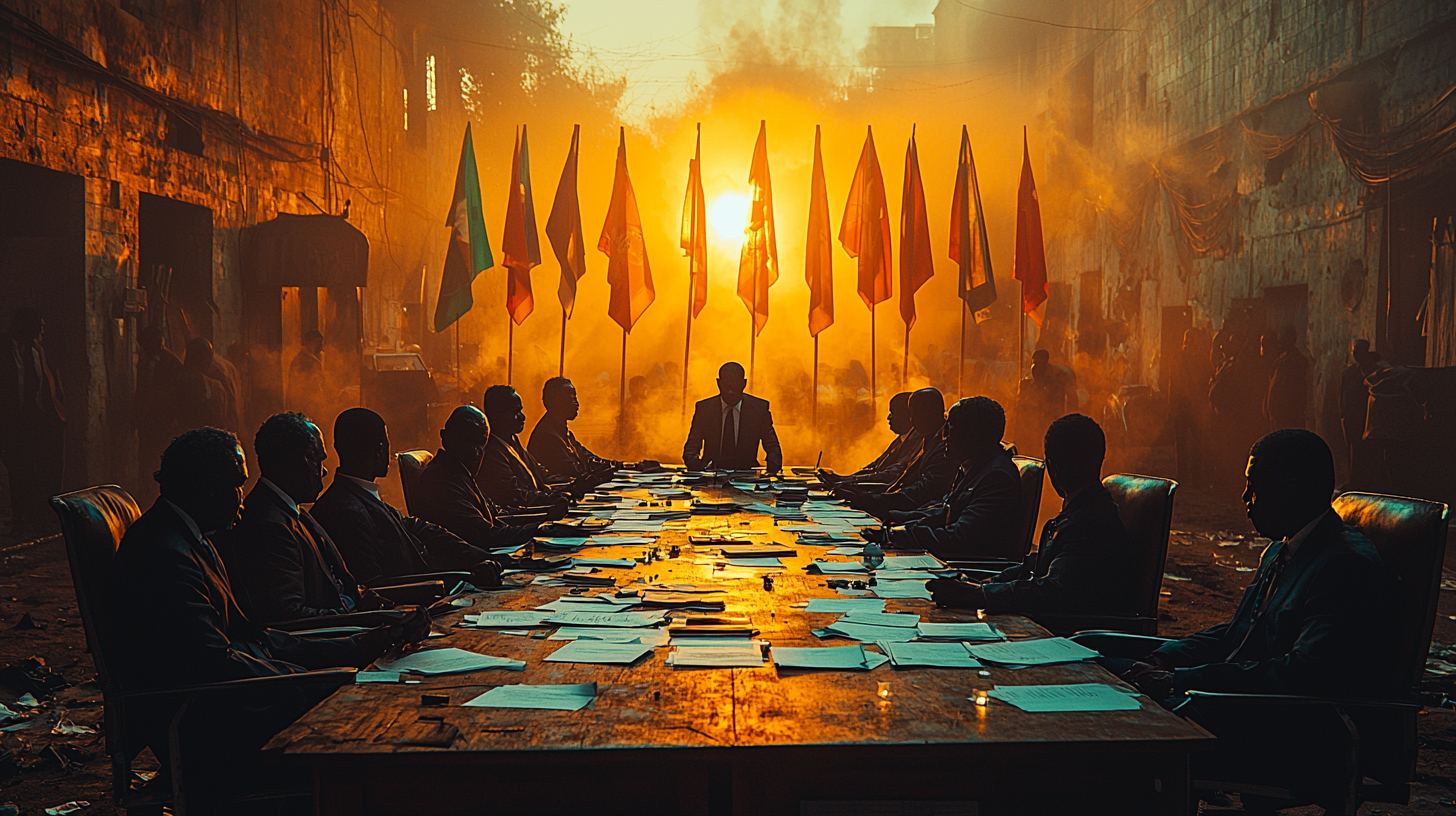
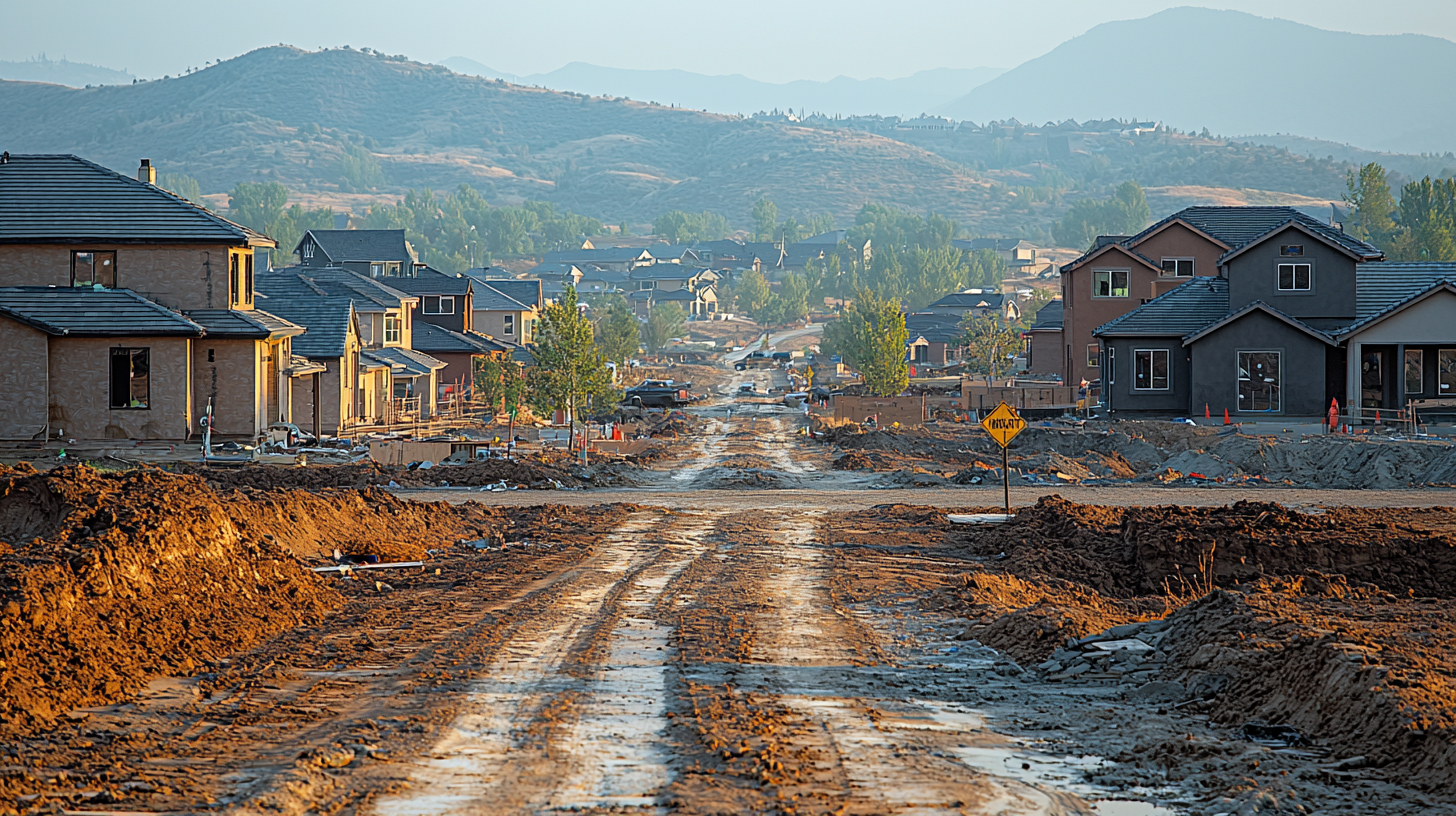
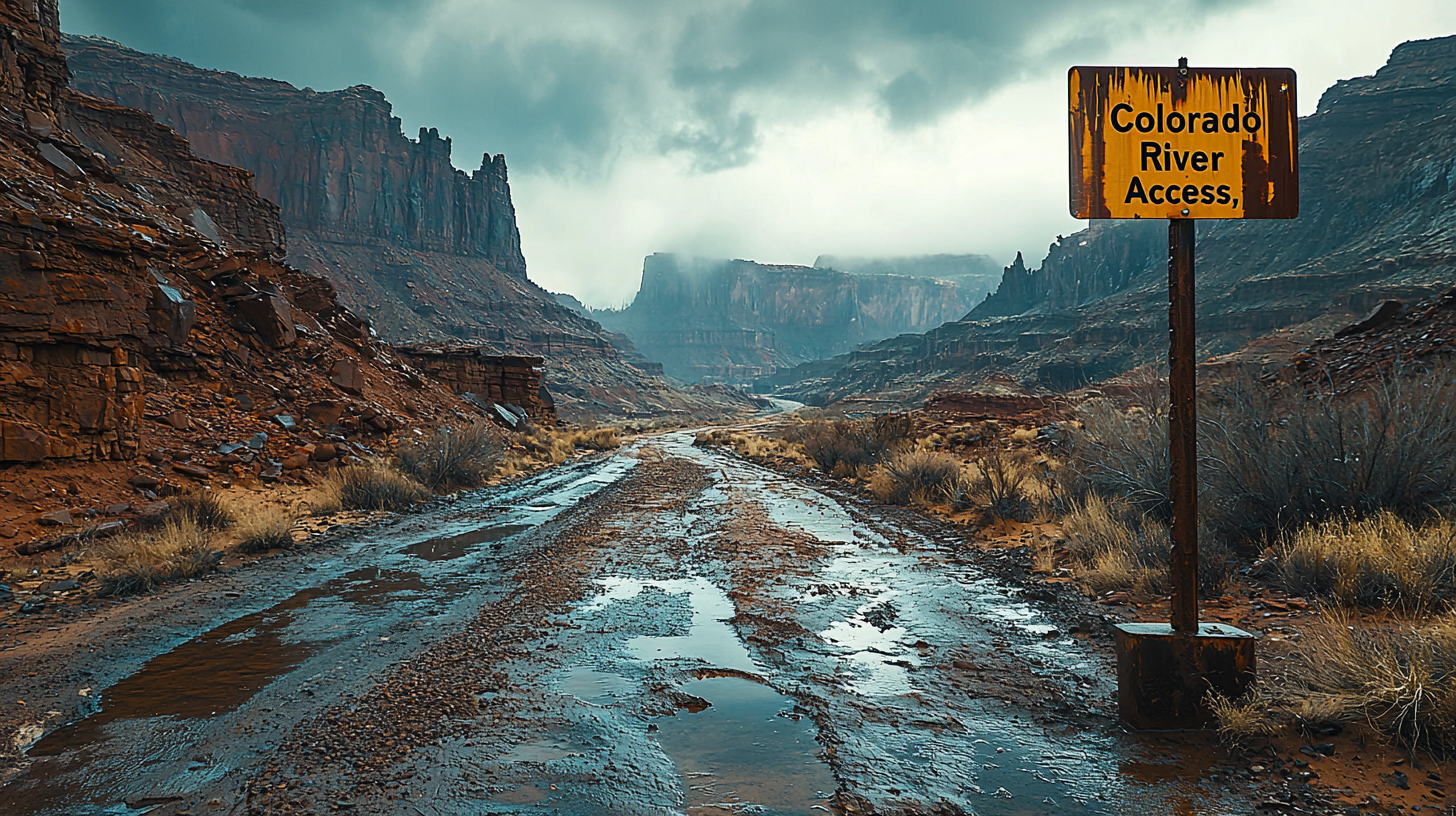
And once one region sets a precedent — once it’s legally acceptable to cut water to certain people or revoke future access — you open the door to that happening anywhere. What’s happening in the Colorado River Basin is about to become the playbook for the rest of the country.
The Colorado River crisis shows us what happens when outdated policy meets modern survival. This is more than just a Western drought — it’s a warning about what happens when we don’t adapt to environmental limits. Legal contracts made 100 years ago don’t matter when there’s no water to fulfill them.
This is what systemic collapse looks like. Quiet. Slow. Legal.
And it’s already begun.
Should century-old water laws still dictate who gets access in a climate crisis?
Who should bear the biggest burden when there’s not enough to go around: cities, farms, or corporations?
What happens when water becomes the most powerful political currency in America?
Could your city survive if its water source dried up tomorrow?
"Truth survives because of you. Make your gift count."
Every dollar helps us fight misinformation and dig deeper into stories that matter.
AI Police Surveillance Expands in Major U.S. Cities
The Ripple Effect
-News and Commentary-
You might not see it, but it sees you.
Across major U.S. cities like New York, Chicago, Atlanta, and Los Angeles, law enforcement agencies are rapidly expanding the use of artificial intelligence in day-to-day policing. We’re not just talking traffic cams or bodycams — we’re talking facial recognition systems tied to vast databases, license plate readers mounted to cruisers scanning thousands of tags per shift, predictive crime software mapping entire neighborhoods based on past behavior, and real-time monitoring of social media posts for “threat signals.”
All of it powered by AI. All of it backed by millions in government contracts. All of it sold under the banner of “public safety.”
But here’s the question: Safe for who?
This expansion isn’t happening quietly. It’s happening quickly. It’s being layered on top of already over-policed Black and Brown communities. And the same technology that’s hailed as “smart policing” is also raising serious red flags for civil rights, privacy, and systemic bias.
We’ve seen this movie before — just not with this much code.
The post-9/11 security state laid the foundation. Tech companies, hungry for data and contracts, provided the tools. AI simply connected the dots — faster, more efficiently, and often without any real oversight. In a post-George Floyd America, some police departments promised reform. Instead, they’re adopting smarter surveillance with fewer questions asked. What was once a human decision is now run through an algorithm. And those algorithms? They’re built on the same historical data that already reflects bias.


What makes this even more alarming is the lack of transparency. Most of the time, you don’t know if you’re being watched, flagged, or tracked. You don’t know what list you’re on. You don’t even know who built the AI or how it decides what it sees as “suspicious.”
It’s surveillance without conversation.
And cities aren’t just rolling this out quietly — they’re scaling it, funding it, and in some cases, using it without even telling the public. From the NYPD’s use of Digidog robotic units and facial recognition to LAPD’s data-driven “Community Safety Partnership,” what used to be science fiction is now standard issue.
That’s where the ripple begins.
Because once surveillance gets embedded in a city’s infrastructure — once it becomes part of how you move, speak, protest, and even just walk down the street — you can’t just roll it back. You have to fight to even know it’s there.
And most people don’t even know where to begin.
The rapid growth of AI in policing isn’t just tech innovation
t’s the result of a deep partnership between local police departments, federal funding sources, and private tech corporations. Major players like Amazon’s Ring, Palantir, Clearview AI, and Axon are now embedded in city policing infrastructure. In New York, the NYPD has over 15,000 surveillance cameras across the five boroughs, many enhanced with facial recognition. Chicago PD deploys ShotSpotter, a gunshot detection system tied into real-time response networks. In Atlanta, AI-powered license plate readers scan cars and instantly flag individuals with warrants. Smaller cities are joining the wave too, often implementing systems quietly, with little public disclosure or understanding.
What’s actually happening on the ground is more than just surveillance — it’s data-driven law enforcement with automated assumptions. Facial recognition scans are being run on crowds at events, protests, and even traffic stops. Predictive policing algorithms, sold as proactive, often replicate decades-old racial patterns by flagging certain neighborhoods repeatedly as high-risk zones. Police are also monitoring social media platforms in real time, using AI to create behavioral profiles from posts, emojis, and language patterns. Body cameras, which once promised accountability, are now being paired with AI that can “flag” behavior — essentially teaching a machine to decide what looks suspicious.
This isn’t a new story, but it’s a rapidly evolving one. After 9/11, the government justified mass surveillance under national security. In the years since, that same infrastructure has shifted inward, becoming a domestic tool for monitoring citizens, particularly in poor, minority communities. Starting around 2010, local law enforcement began receiving federal grants and private contracts to upgrade their surveillance capabilities. By 2020, the push to “modernize policing” became a priority — not just with weapons, but with data. What was once a pilot program or beta test is now active in major metropolitan areas with little oversight, and even less conversation.
What makes this so dangerous is the illusion that technology removes bias. In truth, AI doesn’t erase injustice — it automates it. These systems are trained on historical policing data, and that data is soaked in decades of over-policing, racial profiling, and discriminatory enforcement. So when an algorithm flags someone as suspicious, it’s usually echoing patterns built on injustice. Without new data and new intent, these “smart” systems simply reinforce old problems at scale — and much faster.
The more cities adopt AI policing tools without community oversight or ethical guardrails, the harder it becomes to pull back. Once these tools are installed and normalized, they become invisible — part of the landscape. And when the systems fail or harm someone, it’s nearly impossible to challenge them, because the decision wasn’t made by a human officer — it was made by a black box algorithm.
This is why activists, civil rights lawyers, and tech ethicists are raising the alarm. We’re not just talking about cameras or software. We’re talking about a full-blown infrastructure of surveillance that tracks movements, analyzes faces, interprets language, and predicts behavior — often without the subject ever knowing it happened.
Code can’t fix culture. AI can’t fix accountability. If anything, it’s starting to shield it. The real danger here isn’t just the technology — it’s how easily we’re accepting it.
AI surveillance feels futuristic, but the logic behind it is old: control the “dangerous” parts of society through power, not partnership. This isn’t about hating innovation — it’s about knowing when innovation is being used against us. Without transparency, regulation, or informed consent, this isn’t a tool for safety — it’s a blueprint for silent authoritarianism.
And the scariest part? Most people won’t even notice until it’s too late.
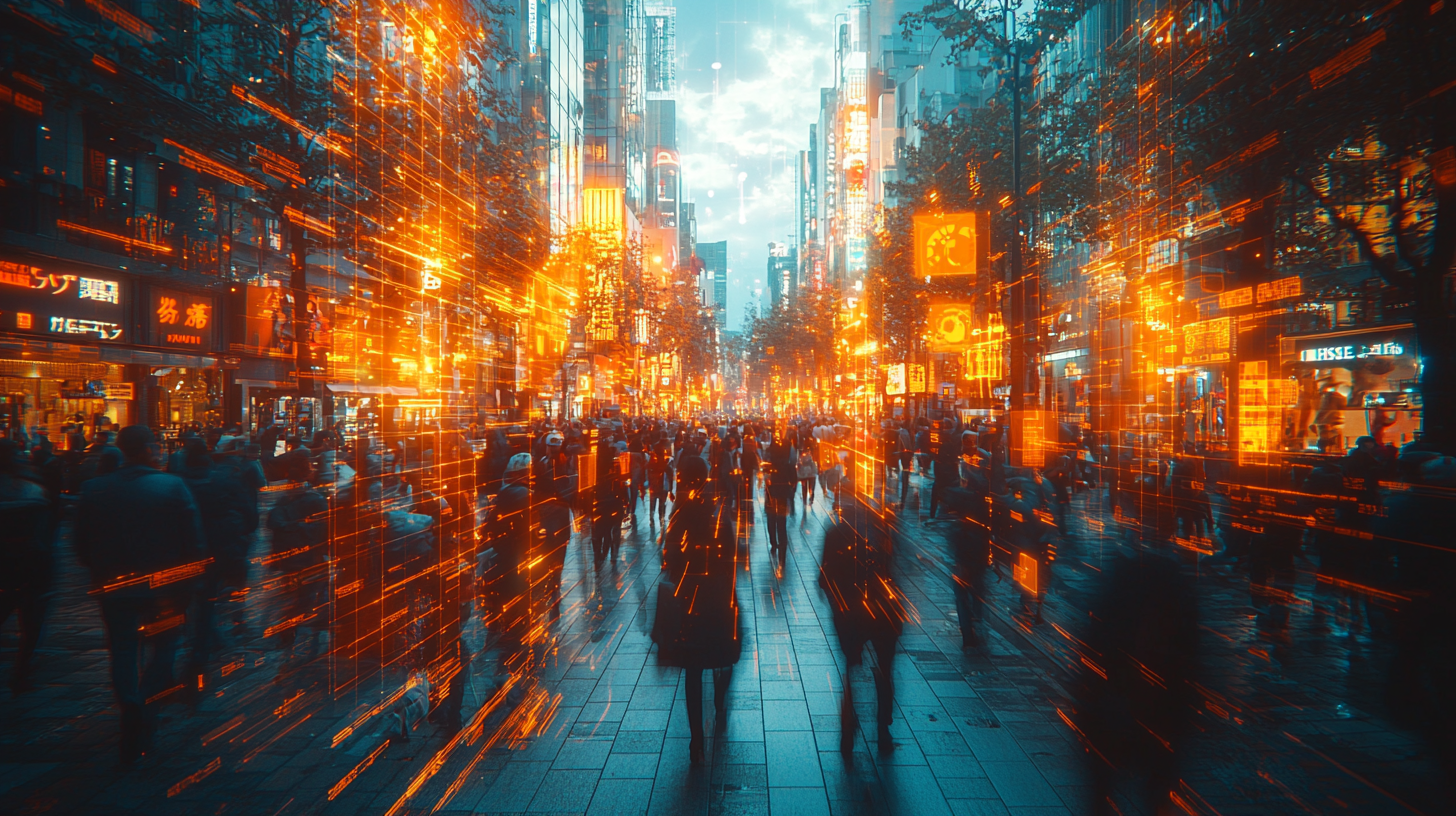
Would you know if your city was using AI to track your movements?
Who’s deciding what “suspicious behavior” looks like in an AI database?
Should we treat algorithmic policing like a public utility — regulated and transparent?
What happens when a system flags someone for something they might do?
"Truth survives because of you. Make your gift count."
Every dollar helps us fight misinformation and dig deeper into stories that matter.
Trump’s Energy Order: Who Really Pays the Price?
The Ripple Effect
-Daily News-
Today in The Ripple Effect, we are discussing President Trump’s recent executive order that blocks state-level climate change policies. It’s a sweeping move with real consequences—some immediate, others unfolding long after the headlines fade. The order strips states of their power to enforce independent environmental laws, consolidating that authority back at the federal level. The Trump administration says this is about “restoring American energy dominance.” But under the surface, this looks less like a path to progress and more like a political stunt wrapped in red, white, and black coal dust
In early April 2025, President Trump signed an executive order that blocks state-level climate change policies in one fell swoop. It’s the kind of sweeping, top-down move that doesn’t just shift policy—it shakes the foundation of how power is supposed to be distributed in this country. The order strips states of their right to enforce independent environmental laws and reassigns that authority to the federal government. The administration is calling it a push for “American energy dominance.” That branding sounds bold, even patriotic, but once you peel it back, the play becomes clear: this ain’t about power in the electrical sense—it’s about political power.
And at the heart of this push is coal.
Trump has had a long-standing love affair with the coal industry. For him, coal isn’t just a power source—it’s a symbol. He’s romanticized it on the campaign trail, used it to rally support, and wrapped it in slogans like “energy independence” and “job creation.” His base eats that up, especially in regions hit hard by the collapse of coal. There’s emotional capital tied to the industry—nostalgia, pride, and the promise of restored livelihoods. So when he invokes coal, it’s less about BTUs and more about blue-collar ballots.
The narrative is easy to sell: bring back American jobs, cut foreign dependence, and rebuild forgotten communities. If you’re living in a town that once thrived on coal, this executive order can feel like someone finally remembered you. Coal is domestic. It doesn’t require diplomacy or deals. It’s a resource we already have, buried in our own soil, and pulling it up puts people to work. That’s the pitch. But here’s the real: coal comes with a heavy price tag—one we’ve been trying to stop paying for decades.
Coal is one of the dirtiest energy sources on the planet. It releases a cocktail of harmful substances—CO₂, sulfur dioxide, mercury, and fine particulate matter. These aren’t just emissions on a chart. They’re toxins that trigger asthma in kids, heart problems in the elderly, and long-term health issues for entire communities. Trump may talk about “clean coal,” but that phrase is marketing fluff, not science. Even the most modern coal plants can’t clean up the inherent damage baked into the process. And let’s not forget the economics. Coal’s glory days are over—not because of regulation, but because of the market. Renewable energy has matured. Solar and wind are no longer fringe experiments—they’re thriving industries that often beat coal on price per kilowatt hour. Add to that the flexibility, scalability, and low maintenance costs of renewables, and suddenly coal looks less like a comeback story and more like a stubborn refusal to evolve. Nuclear energy, controversial as it is, still offers a carbon-neutral base load option. And hydroelectric? That’s another solid alternative, where geography allows. No energy solution is perfect, but when weighed against coal’s environmental and economic baggage, these options look like common sense. The grid doesn’t need nostalgia—it needs efficiency, sustainability, and forward-thinking investment.
So then, why the push for coal? Why burn political capital on a resource that’s being phased out around the world?
Simple: it’s not about energy. It’s about identity. Coal is a cultural touchstone for Trump’s political strategy. It taps into the heartland, the Rust Belt, the places where decline was blamed on liberal elites and globalism. This executive order isn’t about lights staying on—it’s about headlines, sound bites, and winning key states with three-word slogans and black smudges on hard hats.
But there’s something deeper and more dangerous happening here: the erosion of state autonomy.
This move doesn’t just undercut environmental goals—it sets a precedent that the federal government can nullify state action on climate, public health, or any issue it sees fit. That’s a slippery slope. States have long served as testing grounds for innovative policy. Some succeed, some fail, but the experimentation is part of the balance. Taking that away flattens the conversation and centralizes power in a way that benefits very few, very temporarily.
And if you’re a parent, this isn’t abstract. It’s your kids’ future on the chopping block. Because the effects of climate inaction aren’t twenty or thirty years away anymore. We’re already seeing it—wildfires, floods, droughts, superstorms. These aren’t coincidences. They’re warnings. And ignoring them to score political points today means passing the fallout to the next generation with no safety net.
Let’s not pretend this is about jobs, either. If we really cared about the working class, we’d be investing in transition programs—getting coal workers trained and placed in renewable energy jobs that are growing fast and paying well. We’d be rebuilding infrastructure with climate resilience in mind, strengthening the grid, and securing supply chains for the next wave of clean tech. That’s the version of energy independence that actually builds a future.
But instead, we’re doubling down on outdated systems, passing off short-term wins as long-term strategy. This is a rerun—one where the ending doesn’t change no matter how many times you rewatch it. The coal industry doesn’t just struggle because of regulation. It struggles because it’s being outperformed. And clinging to it only delays the inevitable while deepening the damage.
So here we are, once again, playing tug-of-war with the future. We’re choosing nostalgia over innovation. Politics over science. Power over principle. And if we’re not careful, we’ll wake up in a world where the decisions we made to “protect American jobs” actually endangered American lives—and the planet that sustains them.
This isn’t just environmental policy. It’s generational accountability. Because while Trump might sign the order, it’s our children who’ll pay the price. Or, to borrow the words of environmentalist Wendell Berry: The Earth is what we all have in common. And what we do to it, we do to ourselves.” — Wendell Berry
One story. One truth. One ripple at a time. This is The Ripple Effect, powered by The Truth Project.
The Price Tag of Power – Trump’s Tariffs, China, and the Escalating Trade War
The Ripple Effect
-Daily News-
The Price Tag of Power – Trump’s Tariffs, China, and the Escalating Trade War
- Home
- Articles Posted by (
- Page 4 )
Share On Social
Today in The Ripple Effect, we are discussing the rapidly escalating trade war between the United States and China. What started on April 2, 2025, as a bold headline—an executive order that slapped tariffs on everything crossing our borders—has now spiraled into a full-blown economic standoff. Tariffs are flying back and forth so fast, it’s starting to feel less like policy and more like a financial arms race.
Let’s walk it back for a second.
Trump threw the first punch—blanketing all U.S. imports with a base 10% tariff. No carve-outs. No exceptions. Then came the targeted blows: China and the EU took the brunt. China, in particular, got hit with an extra 34%, making the total tariff a brutal 44% on anything coming out of Beijing.
The message? “We’re taking back control.”
The goal? Bring manufacturing home. Punish foreign economies that, in Trump’s words, have been “cheating the system.” Reignite American industry.
But China didn’t blink. By April 4, they hit right back—matching that 34% tariff on all American goods. Then they tightened the screws further: cutting off rare earth exports, blacklisting U.S. companies, and signaling that they’re not interested in playing defense. They’re playing for the long haul. This wasn’t a bluff. It was Beijing calling the bet—and raising. Trump, true to form, gave an ultimatum. Pull back by April 8, or the U.S. response gets heavier. China didn’t budge. No apology. No retreat.
So by April 9, Trump raised the stakes again. Another 50% tariff on top of the 54% already stacked against China. The total? A staggering 104% on all Chinese imports. China fired back with an 84% tariff on ours. These numbers aren’t normal. These aren’t adjustments. These are economic missiles. And they’re not landing in corporate boardrooms. They’re landing in checkout lines, payroll budgets, and farm supply chains. Because let’s be real—trade wars don’t hit economists first. They hit the middle class. The working class. The families who don’t have the buffer to absorb another price hike. Prices are already climbing. Phones, washers, laptops, lumber—everything’s creeping up. Contractors are spending more. Businesses are raising prices just to keep the lights on. Farmers are on edge, again. And if you’ve been paying attention, you already know—agriculture is always first on China’s hit list.
Pork. Soy beans. Corn. All throttled. All bleeding out in the export lane.
And then there’s the supply chain—the invisible backbone that keeps everything moving. Rare earths, microchips, materials we use to build the modern world—costs are rising fast. And when materials go up, hiring slows down. Layoffs become easier to justify. That’s the part they never mention at the press conference. So while the slogan might be “America First,” it’s starting to feel like everyday Americans are footing the bill. Meanwhile, China isn’t just throwing punches—they’re moving pieces. They’re deepening trade ties with Latin America, Africa, Southeast Asia. Expanding influence. Locking in deals that won’t just last for years—they’ll define the next generation. While we’re focused on tariffs, they’re focused on leverage. Infrastructure, supply deals, global positioning.
They’re not reacting. They’re restructuring.
And here’s the part that cuts through the noise: this isn’t just an economic showdown—it’s a test of leadership. A test of who’s playing the short game and who’s thinking five moves ahead. Because tariffs can be effective. They can protect domestic industries and re-balance trade. But that only happens when there’s a real strategy in place. A roadmap. Not just political muscle-flexing, but economic vision. Right now, what we’re watching feels more like improvisation. Policy by pressure. A poker game played with other people’s paychecks. If this was about building a future, we’d be using tariffs to support clean energy, revive American manufacturing with fair-wage jobs, and rebuild domestic supply chains that don’t collapse under pressure. Instead, we’re watching a power play—bold on the surface, unclear underneath. And that brings us to the question that matters most: Are we protecting the country—or protecting the narrative? Because Trump is still quoting The Art of the Deal. But Xi? Xi’s quoting The Art of War. And the rest of us? We’re just trying to figure out who’s making the next move—and who’s about to pay for it.
Congressional Republicans Defy Trump to Prevent Government Shutdown
The Ripple Effect
-Daily News-
Congressional Republicans Defy Trump to Prevent Government Shutdown
- Home
- Articles Posted by (
- Page 4 )
Share On Social
Today in the ripple effect, let’s discuss a critical moment in U.S. politics. Congressional Republicans have taken a decisive step to avert a government shutdown, even if it means opposing the demands of former President Donald Trump.
With a looming deadline, House Speaker Mike Johnson spearheaded efforts to pass a short-term funding bill, ensuring government operations continue for the next three months. The decision comes amidst internal conflicts within the Republican Party and growing tensions over Trump’s insistence on tying funding to stricter voting laws.
Speaker Johnson emphasized the importance of stability, stating, “This is about keeping the government functional for the American people. We can address policy differences without jeopardizing critical services.” The stopgap measure aims to provide time for deeper negotiations on long-term funding, covering federal departments like defense, education, and healthcare.
However, Trump and his allies see this as a missed opportunity. The former president had urged Republican leaders to include provisions targeting voting laws, citing the need for election security reforms. His stance has created divisions within the party, with some Republicans advocating for a pragmatic approach to avoid the fallout of a shutdown.
The potential consequences of a shutdown weighed heavily on the decision. Essential services such as Social Security, Medicare, and military operations faced disruption, while federal employees risked furloughs and delayed paychecks. Economists warned of the ripple effects on the broader economy, with small businesses and local governments particularly vulnerable.
Public response has been divided. While some applaud Congressional Republicans for prioritizing stability, others criticize the perceived retreat from Trump’s agenda. This decision highlights a broader struggle within the GOP: balancing loyalty to the former president with the practicalities of governance.
As this temporary funding measure buys time, the next few months promise continued debates over federal spending, policy priorities, and party unity. The question remains: Can Republicans reconcile their internal divisions while addressing broader national issues?
Do you believe Republicans made the right call by prioritizing government stability, or should they have pushed harder for stricter voting laws?
Trump’s Policy Shifts: A Challenge for the Democrats
The Ripple Effect
-Daily News-
Today in The Ripple Effect, let’s delve into how President Trump’s unpredictable stances on key policies are forcing Democrats to reconsider their strategies. From immigration to healthcare, Trump has kept both allies and opponents guessing. For instance, his willingness to protect Dreamers while simultaneously proposing to end birthright citizenship has drawn mixed reactions, even within his own party.
For Democrats, this unpredictability poses a strategic challenge. Should they cautiously engage, risking compromise on their principles, or brace for his rhetoric and resist? The stakes are high, as Trump’s approach has the potential to reshape long-standing policies and redefine political alliances.
As the Democratic Party navigates this uncharted territory, their ability to adapt and communicate effectively will play a crucial role in shaping America’s policy future.
How should Democrats handle Trump’s unpredictable policy positions?
Mitt Romney’s Departure: A Loss for Bipartisanship?
The Ripple Effect
-Daily News-
Mitt Romney’s Departure: A Loss for Bipartisanship?
Share On Social
Today in The Ripple Effect, let’s discuss Senator Mitt Romney’s decision to step away from the Senate and what it means for the future of bipartisan politics. Romney, a prominent conservative and one of the few vocal critics of Donald Trump within the Republican Party, has often been a bridge between Democrats and Republicans. Over his career, he championed landmark bipartisan legislation, including the $550 billion infrastructure law and critical COVID-19 relief packages.
His departure signals more than just the end of a political career; it highlights the shrinking space for centrist voices in an increasingly polarized Washington. As Romney prepares to leave, many wonder who, if anyone, will fill this void and champion collaboration over division.
With bipartisanship becoming rarer, the question remains: can Congress continue to pass meaningful legislation without leaders like Mitt Romney?
How do we bridge the growing ideological divide?
America's Response to Syria's Crisis During Leadership Change
The Ripple Effect
-Daily News-
U.S. Navigates Syrian Turmoil Amid Presidential Transition
- Home
- Articles Posted by (
- Page 4 )
Today in The Ripple Effect, let’s discuss the complex challenges the United States faces in Syria amid a presidential transition. The abrupt end of Bashar al-Assad’s regime has created uncertainty, with concerns that a security vacuum might benefit Islamist terrorist groups like ISIS.
Efforts to prevent ISIS from exploiting the situation include ongoing military operations and close consultations between the outgoing and incoming administrations. Key concerns involve the fate of 9,000 ISIS fighters in Kurdish-controlled prisons and Turkey’s stance on Kurdish forces, which may lead to further instability.
Navigating this complex landscape requires careful coordination to ensure that the power transition does not hinder efforts to stabilize the region and prevent the resurgence of extremist groups.
How should the U.S. balance its foreign policy objectives in Syria during a presidential transition to effectively address emerging threats?
President Trump Returns: A New Chapter in American Politics
The Ripple Effect
-Daily News-
President Trump Returns: A New Chapter in American Politics
- Home
- Articles Posted by (
- Page 4 )
Share On Social
Today in The Ripple Effect, let’s discuss the remarkable return of Donald Trump to the presidency. Defying expectations, Trump secured the necessary 270 electoral college votes by winning pivotal swing states such as Pennsylvania, North Carolina, Georgia, and Wisconsin. This victory marks a significant shift in the political landscape, especially considering his previous term’s controversies, including two impeachments and multiple legal challenges.
In his victory speech from Palm Beach, Florida, Trump celebrated an “incredible movement” and pledged to heal the nation, emphasizing a diverse coalition of supporters and promising to tackle immigration and push for economic growth. The election witnessed high voter turnout, with some states recording historic participation levels.
The Republican Party also reclaimed the Senate by flipping several Democratic seats, which will support Trump in confirming his cabinet picks. This consolidation of power suggests a robust mandate for Trump’s “America First” agenda, focusing on economic reform and stricter immigration policies. As the nation prepares for this new chapter, questions arise about the direction of domestic and foreign policies under Trump’s leadership. The global community watches closely, anticipating how these changes will impact international relations and economic dynamics.
What are your thoughts on President Trump’s return to the White House, and how do you think it will shape America’s future?
Polarization, Merriam-Webster, word of the year, political division, 2024 election
Polarization' Named Merriam Webster's 2024 Word of the Year
“Today in The Ripple Effect, let’s discuss a term that encapsulates the current societal climate. Merriam-Webster has announced ‘polarization’ as its 2024 Word of the Year, reflecting the deep divisions that have characterized recent political and social discourse. The term denotes a movement toward opposing extremes, a phenomenon evident in the aftermath of the U.S. presidential election. Data indicates that 80% of voters for one candidate viewed the opposing candidate’s views as extremely concerning, underscoring the extent of division. The selection of ‘polarization’ highlights the challenges of finding common ground in a highly fragmented society and serves as a prompt for reflection on the importance of dialogue and understanding.”
“What steps can society take to bridge the deepening divides reflected by the term ‘polarization’?”

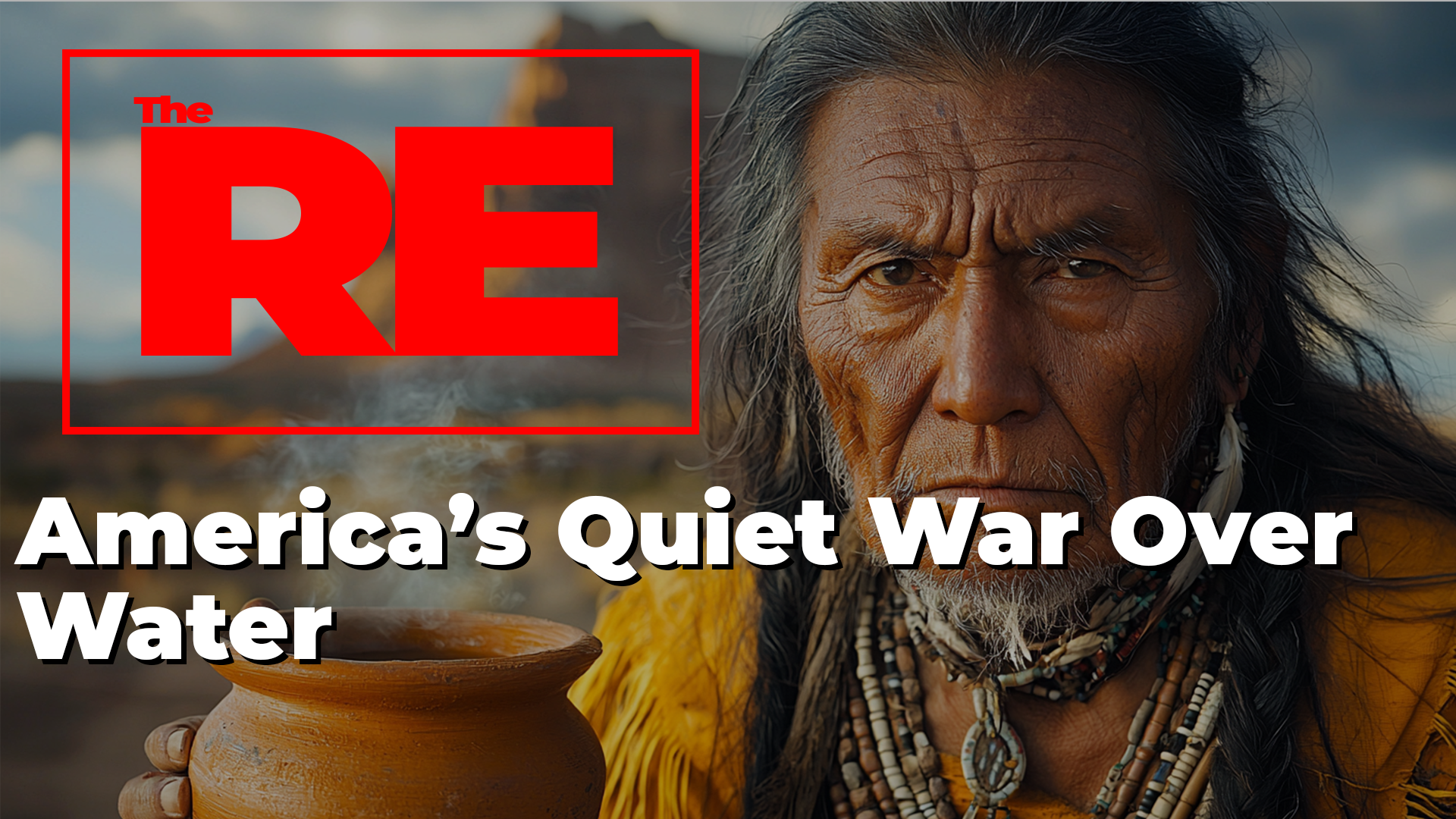
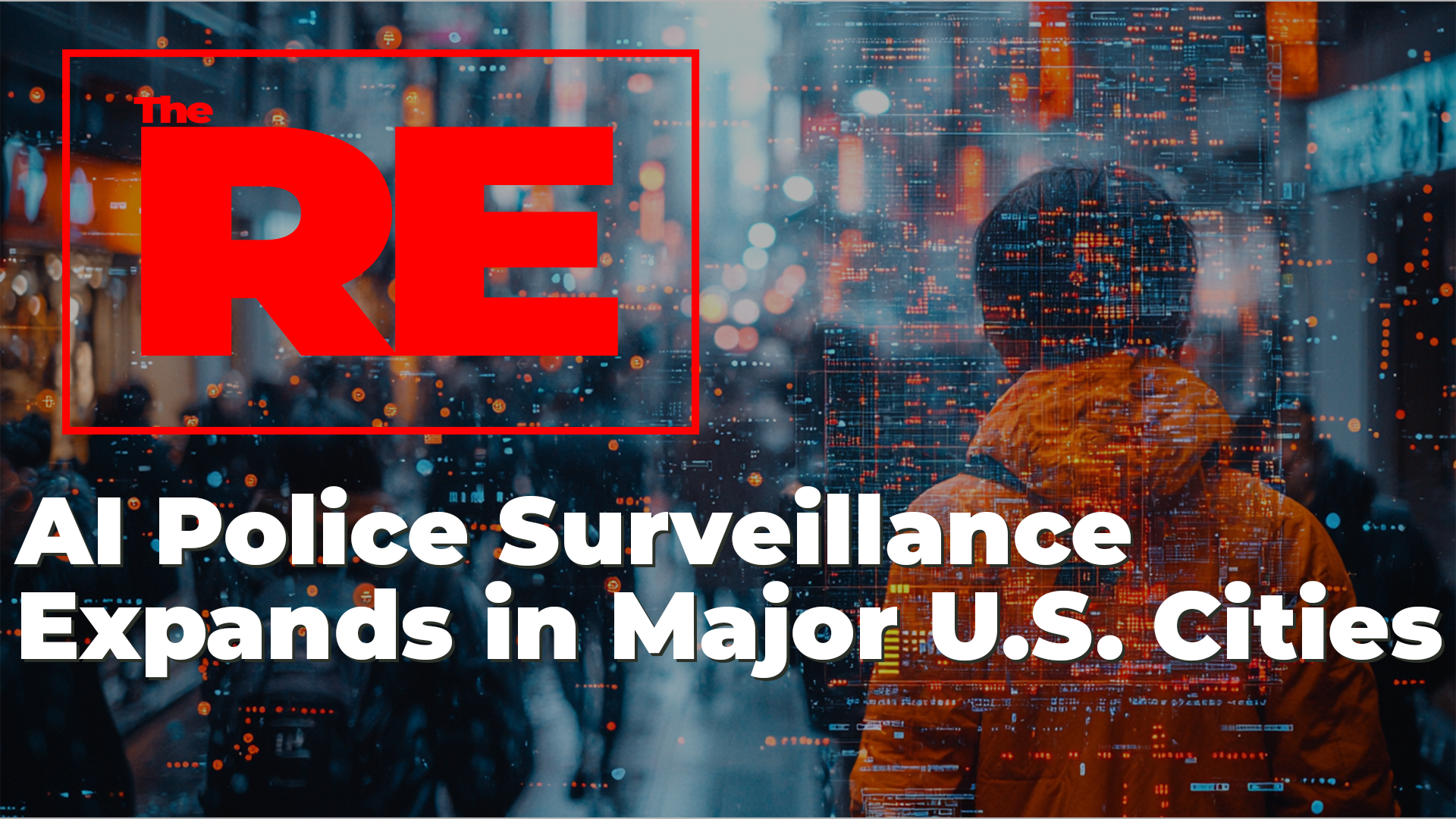
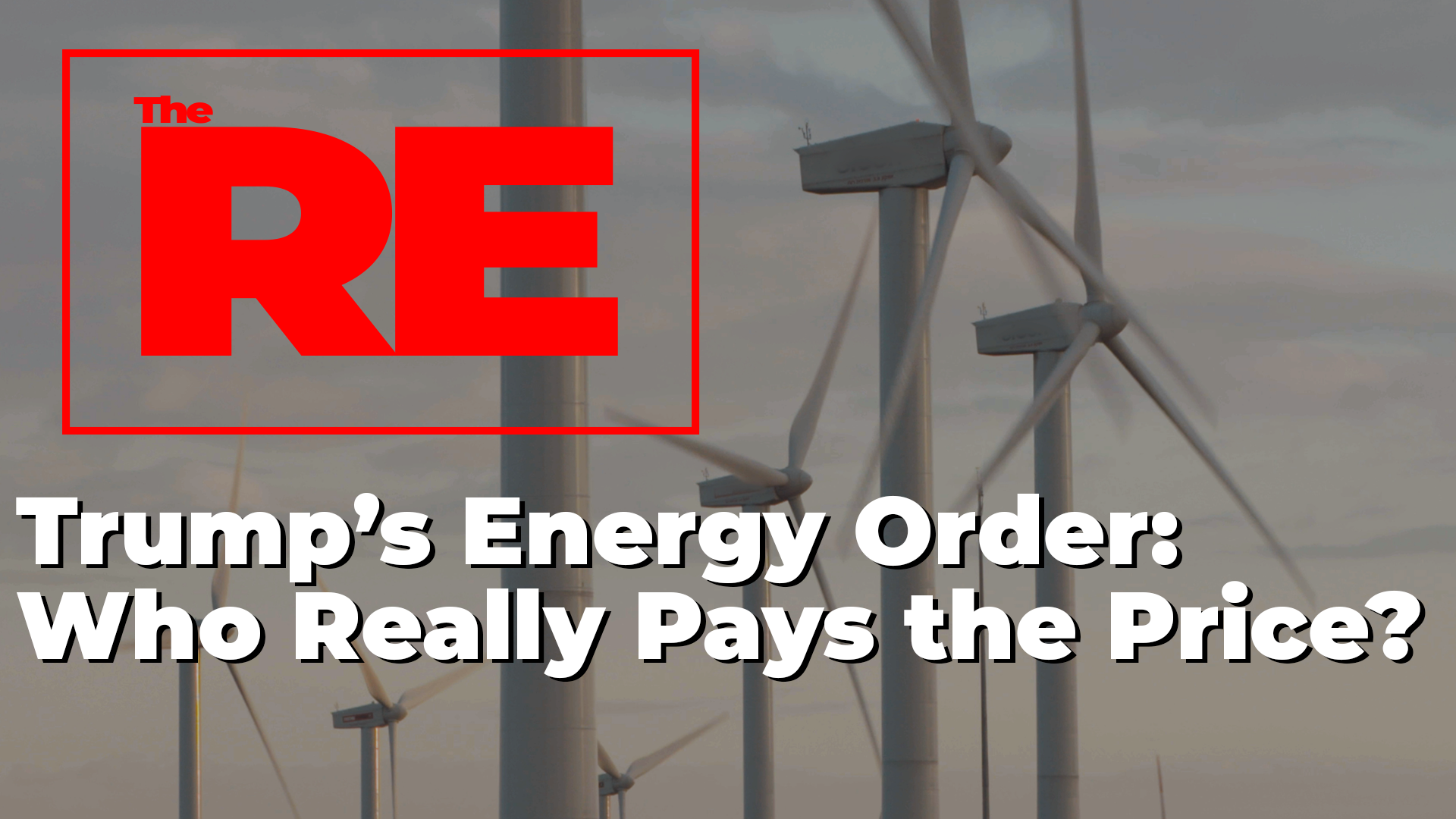
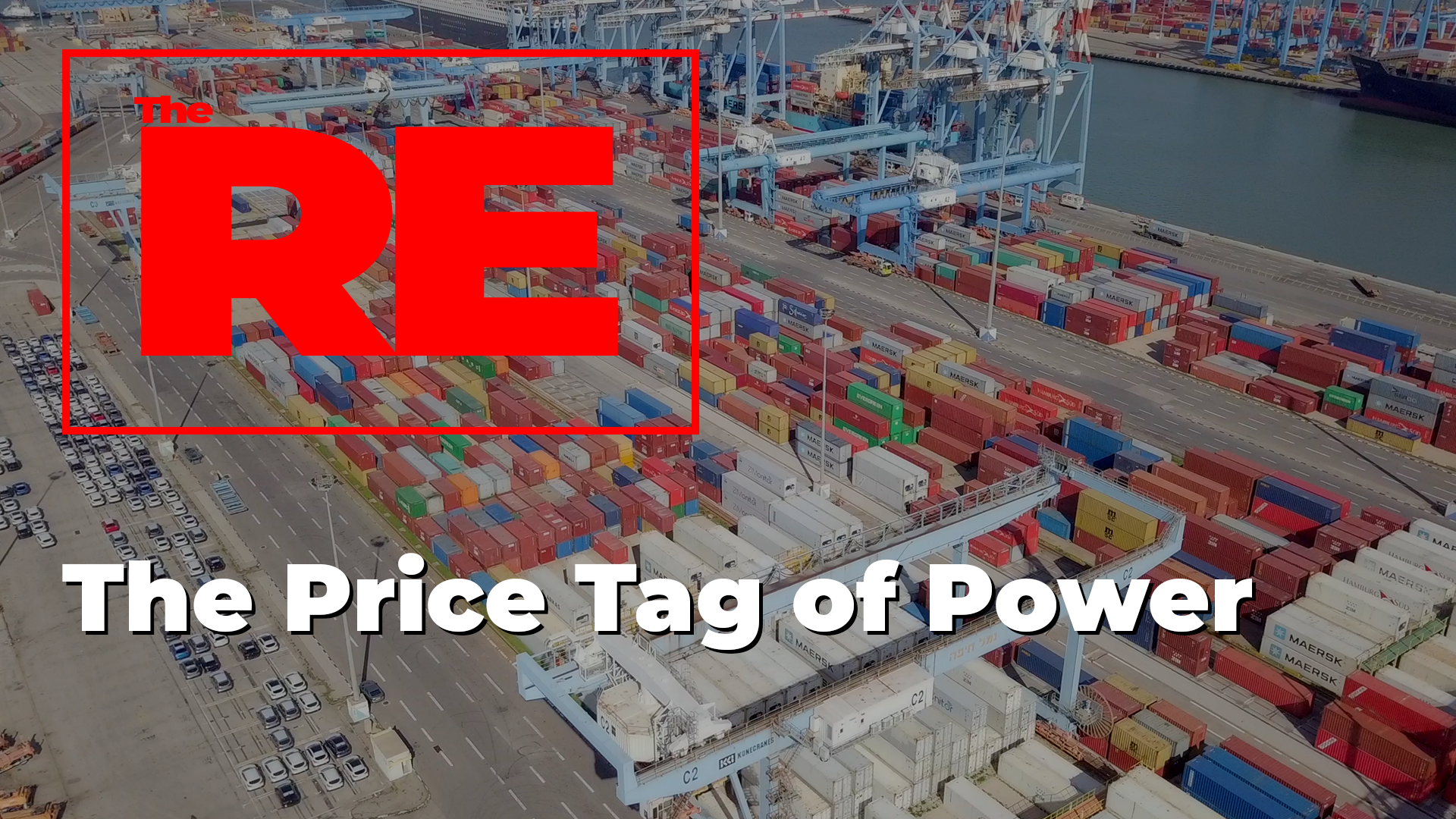
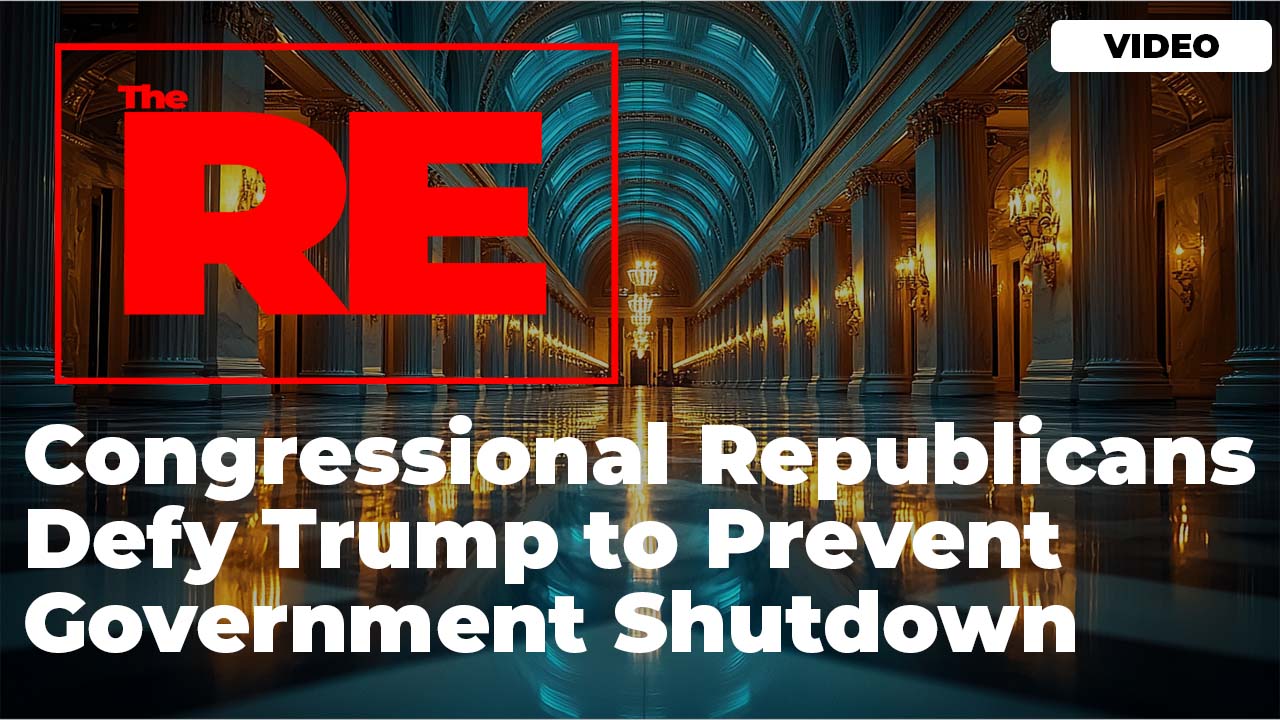
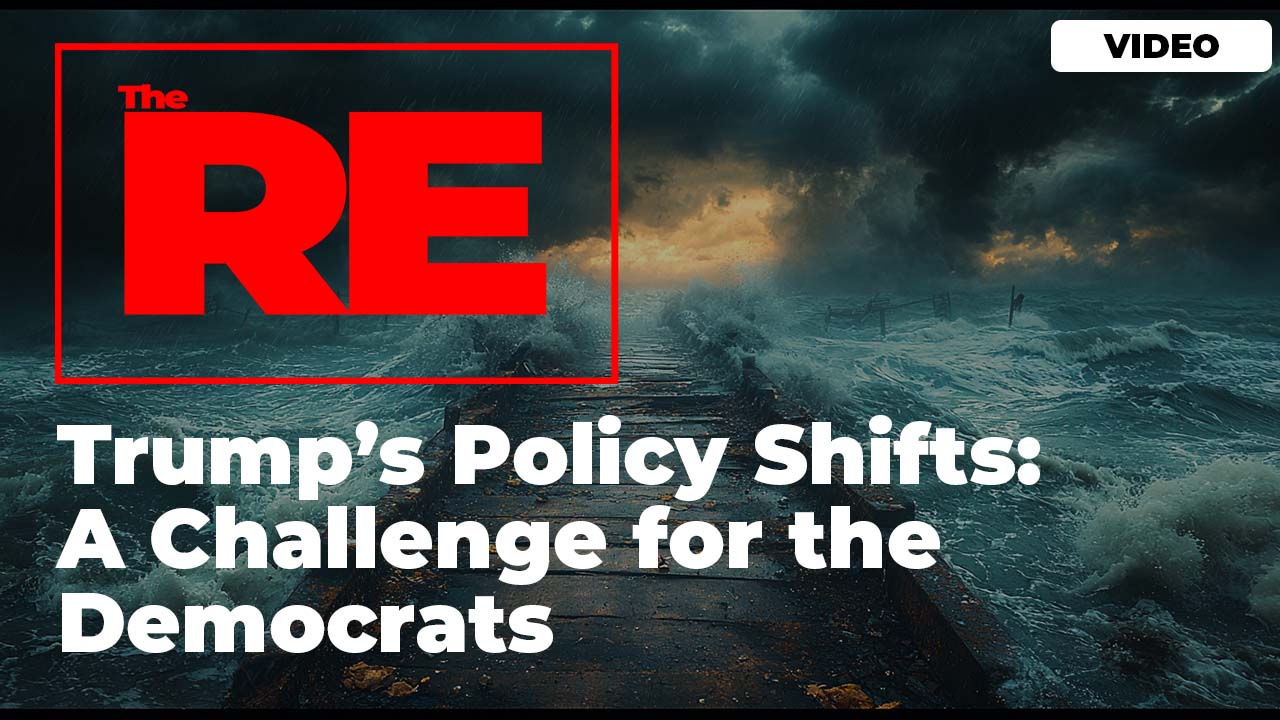
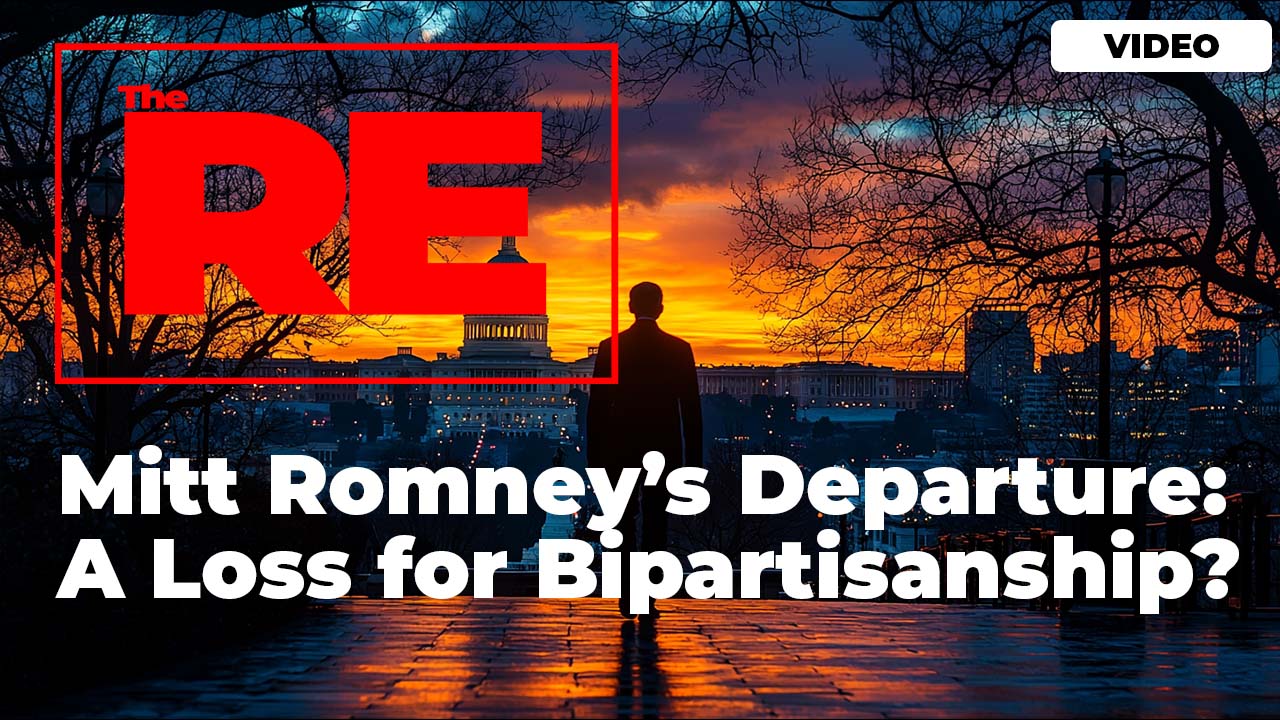
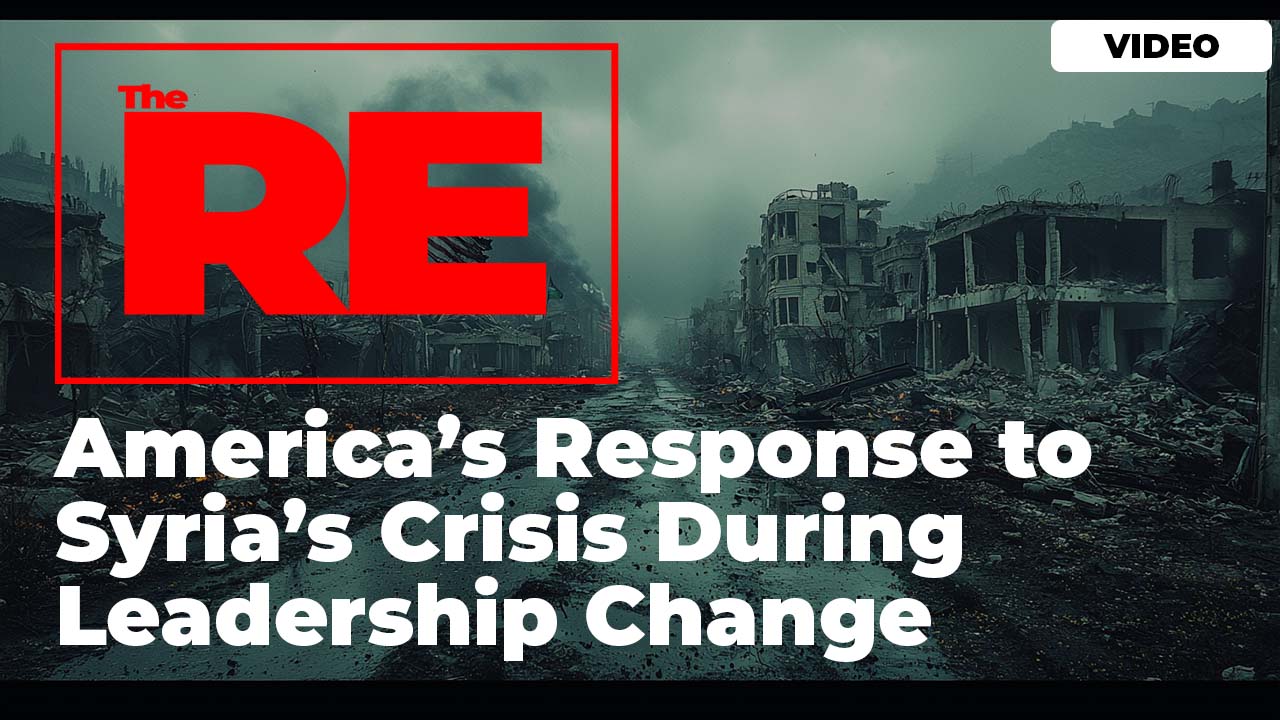
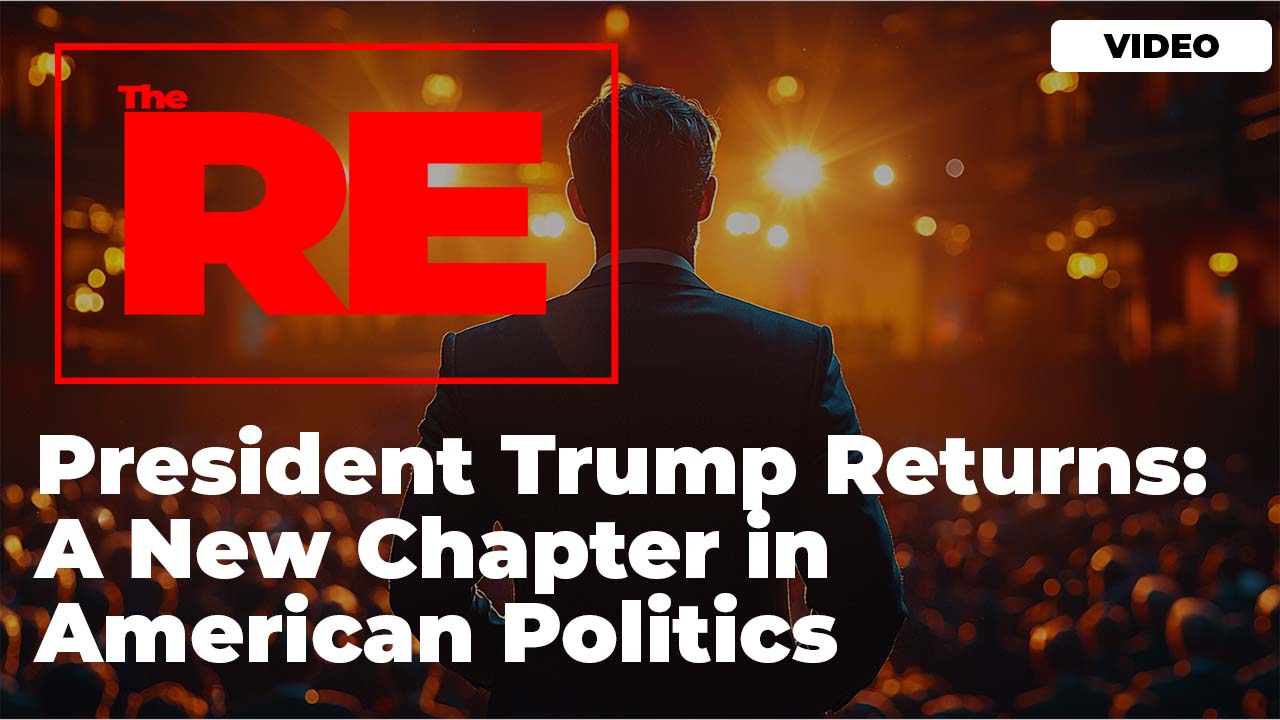
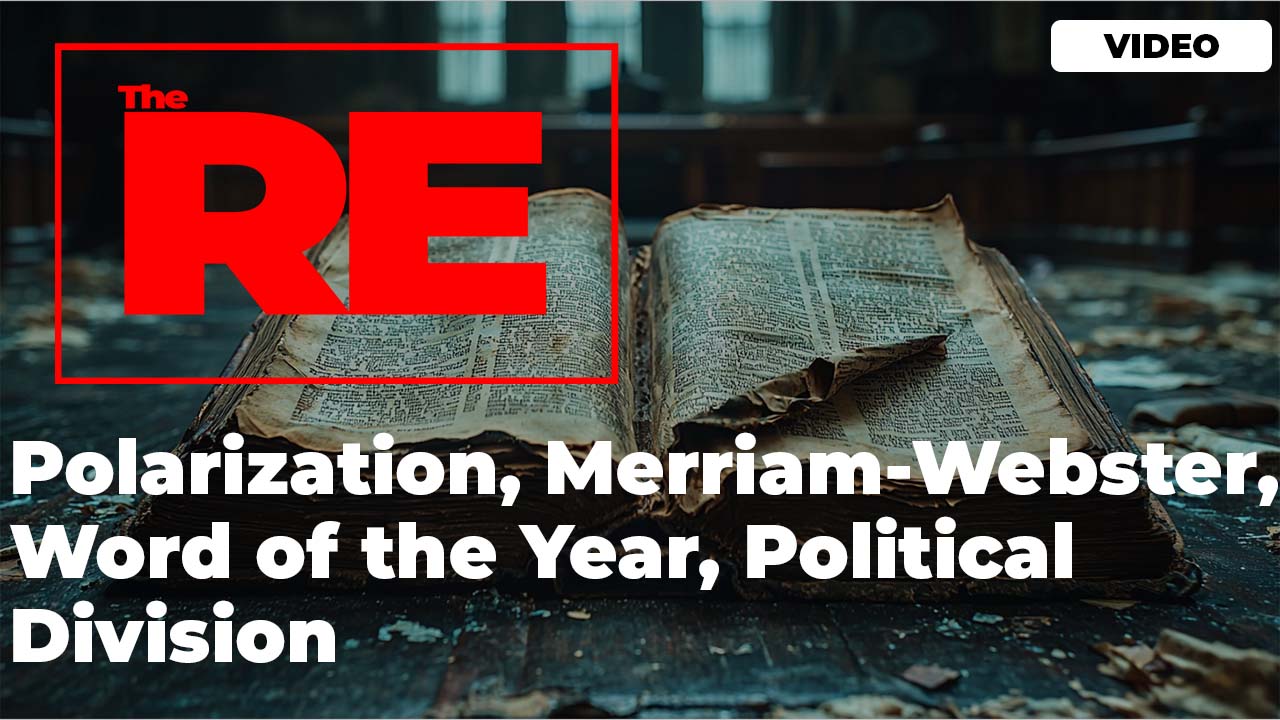

 and then
and then